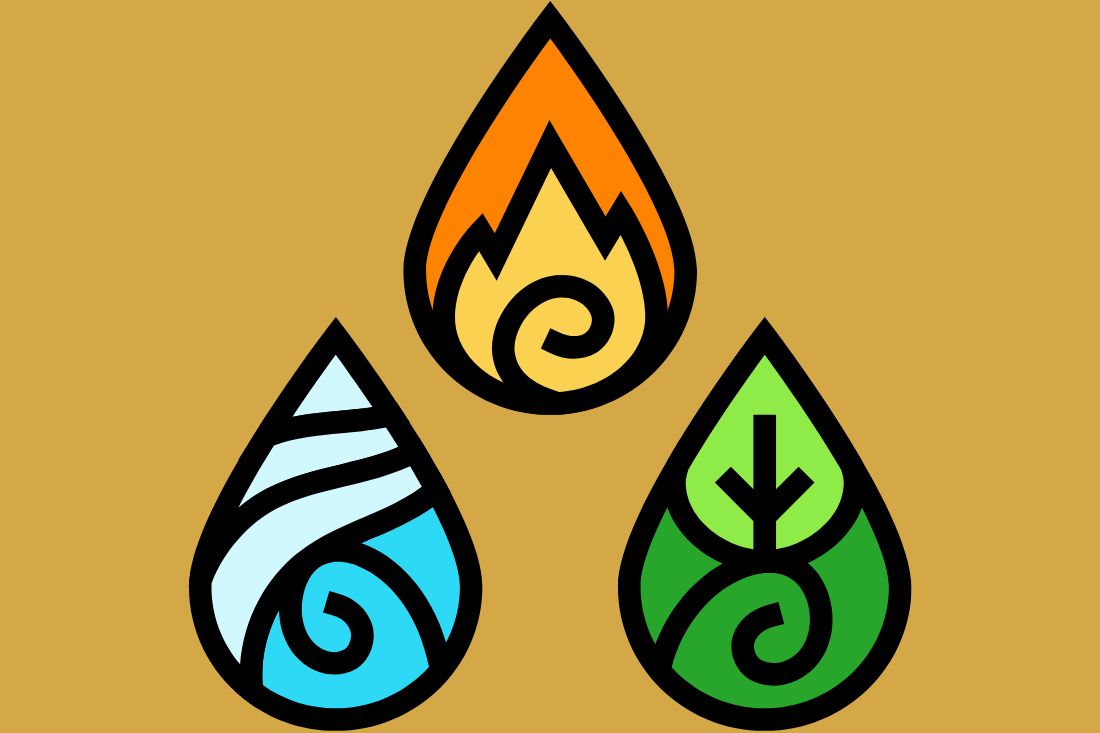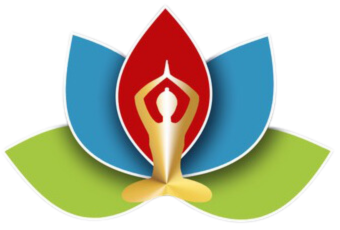The Ayurvedic diet forms a framework that is individualized in the nutritional consultation, supplemented by a list of recommended foods, as well as practical hints and tips that take into account individual life circumstances.
The following recommendations apply to the different doshas “Vata”, “Pitta” and “Kapha” – for the nutrition-conscious in Ayurveda – i.e. for everyone.
Vata, Pitta and Kapha have specific tasks throughout our body, they take care of the human body. If one dosha is imbalanced, the other two doshas are also disturbed.
Ayurvedic nutrition ensures a balance between the 3 doshas in the entire organism. Illness is caused by an imbalance of the doshas. And if the balance is not restored, damage occurs in the organism.
In Ayurveda, the world around us and within us consists of five elements: Ether, air, fire, water and earth. All elements represent certain qualities that we perceive through our senses.
Air, for example, is like the wind: constantly moving, cold, dry, light and subtle. Fire, on the other hand, is hot, steaming and impetuous. Water is wet, somewhat cooling and heavy. The five dominant elements are united in our body and manifest themselves as three main energy patterns.
The Ayurvedic functional system shows how the functions in the body work. The doshas (in Sanskrit) are present in every tissue, every cell and every body organ. They therefore control all processes in our body, from physiological functions to our thoughts and feelings. If the doshas are chronically imbalanced (called vikriti), this leads to health deficits.
These three Ayurvedic doshas, i.e. the three functional systems in our body, are:
– Wind and ether – Vata (V) – that which is cold, dry and light and subtle – The force that controls our movements, regulates our nervous system and ensures elimination. The movement system.
– Fire and water – Pitta (P) – that which is hot, wet and flammable – The force that controls our digestion, metabolism and temperature balance. The action system.
– Water and earth – Kapha (K) – that which is cold, wet and heavy – The protective force that provides the mind and body with stability, structure and moisture. The structure.
As we are born with all three doshas, each of us has a different balance of them. The unique combination makes us who we are. Typically, one dosha or dosha combination stands out dominantly in each person. This dosha makes up the individual Ayurvedic constitution, the Prakriti.
What is your dominant constitutional type?
Some people are pure Vata, Pitta or Kapha types, others are Vata-Pitta, Vata-Kapha or Pitta-Kapha. Less common is an equal balance of all three doshas in one person – Vata-Pitta-Kapha.
I will be happy to advise you and we will find out which Dosha type you have or which one makes up your Ayurvedic constitution!
Once you know the dosha combination that makes up your constitution, you can balance it in a simple and easy way. With the right diet (depending on where you live, how you live, what you do for your balance) the process of balancing will take longer or shorter.


